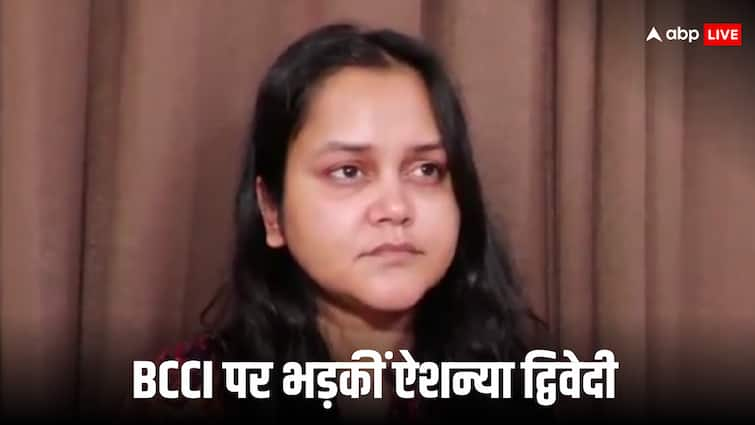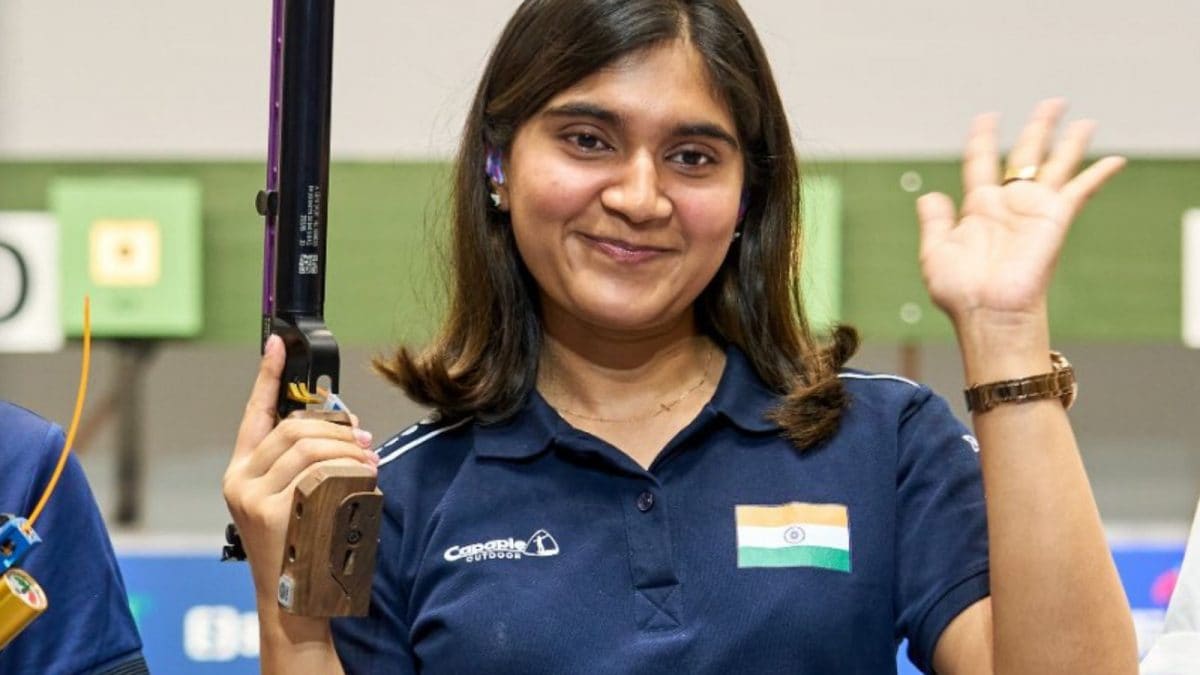- October 19, 2023
Border villages join festive e-shopping rush | India News – Times of India

NEW DELHI: Hayuliang in Arunachal Pradesh, Haroa in West Bengal, Choglamsar in Ladakh and Longewala and Tanot near the Pakistan border in Rajasthan are among a bunch of small towns which joined the online festive shopping rush, with people living in these areas placing orders on e-commerce platforms like Flipkart, Amazon and Meesho.
With the trend of small cities and towns driving a considerable portion of e-commerce sales, more so during the festive season, the scope is only getting wider, with companies bolstering their supply chains and ramping up delivery networks. Flipkart, for instance, partners with kirana store owners, often equipped with better knowledge about particular areas, to enable deliveries across the country.
Consumers choose to transact online due to a host of deals, choice of brands and the convenience of home delivery, said executives in e-commerce firms. Myntra saw more than 40% of its orders come from tier two cities and beyond, this festive season so far, said Neha Wali, head of revenue and growth. For Meesho, which caters to value-conscious customers across the country, 60% of orders came from tier three and four cities.
Amazon got over 80% of its customers from non-metro cities during the first 48 hours of its festive sale, which commenced on October 8. Customers from small cities and towns purchased 75% of all smartphones sold on the platform during the period. Flipkart claimed that 63% of its orders during the Big Billion Days came from small towns. In e-commerce, cities and towns in tier two regions and beyond are usually collectively termed as small towns.
Arvind Singhal, CMD at Technopak, said increasing penetration of smartphones are giving customers the access to buy online. Besides, with the growth and reach of digital payments, paying for orders is not a challenge either. “In several small towns, consumers lack access to even basic accessories like phone cover protection, earbuds. E-commerce allows them to shop for things online,” said Singhal. People from Gujarat’s Kutch, Manipur’s Churachandpur, Jammu and Kashmir’s Poonch and Maharashtra’s Shirwal, among others, also shopped online, data (includes a mix of all platforms) shared by Amazon, Flipkart and Meesho showed.
Nevertheless, e-commerce has made distribution easier and for brands, being able to reach more cities online means that their penetration levels are increasing manifold, said Sandeep Goyal, chairman at Rediffusion. “E-commerce is the ultimate leveler. In the end, e-commerce will reach every nook of our 6,67,000 villages. This shall happen later than sooner, but it will,” said Harish Bijoor, business and brand strategy expert. Analysts pointed out that a lesser variety of products being stocked at local stores is one of the reasons, which is fuelling the trend of smaller urban hubs generating the largest volume of online orders.
With the trend of small cities and towns driving a considerable portion of e-commerce sales, more so during the festive season, the scope is only getting wider, with companies bolstering their supply chains and ramping up delivery networks. Flipkart, for instance, partners with kirana store owners, often equipped with better knowledge about particular areas, to enable deliveries across the country.
Consumers choose to transact online due to a host of deals, choice of brands and the convenience of home delivery, said executives in e-commerce firms. Myntra saw more than 40% of its orders come from tier two cities and beyond, this festive season so far, said Neha Wali, head of revenue and growth. For Meesho, which caters to value-conscious customers across the country, 60% of orders came from tier three and four cities.
Amazon got over 80% of its customers from non-metro cities during the first 48 hours of its festive sale, which commenced on October 8. Customers from small cities and towns purchased 75% of all smartphones sold on the platform during the period. Flipkart claimed that 63% of its orders during the Big Billion Days came from small towns. In e-commerce, cities and towns in tier two regions and beyond are usually collectively termed as small towns.
Arvind Singhal, CMD at Technopak, said increasing penetration of smartphones are giving customers the access to buy online. Besides, with the growth and reach of digital payments, paying for orders is not a challenge either. “In several small towns, consumers lack access to even basic accessories like phone cover protection, earbuds. E-commerce allows them to shop for things online,” said Singhal. People from Gujarat’s Kutch, Manipur’s Churachandpur, Jammu and Kashmir’s Poonch and Maharashtra’s Shirwal, among others, also shopped online, data (includes a mix of all platforms) shared by Amazon, Flipkart and Meesho showed.
Nevertheless, e-commerce has made distribution easier and for brands, being able to reach more cities online means that their penetration levels are increasing manifold, said Sandeep Goyal, chairman at Rediffusion. “E-commerce is the ultimate leveler. In the end, e-commerce will reach every nook of our 6,67,000 villages. This shall happen later than sooner, but it will,” said Harish Bijoor, business and brand strategy expert. Analysts pointed out that a lesser variety of products being stocked at local stores is one of the reasons, which is fuelling the trend of smaller urban hubs generating the largest volume of online orders.







